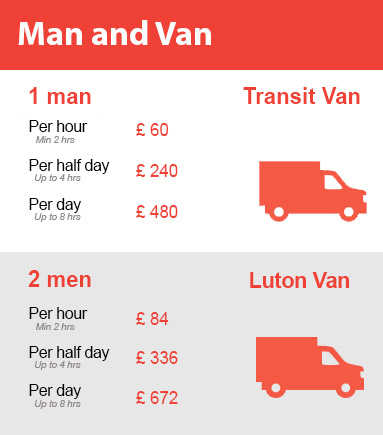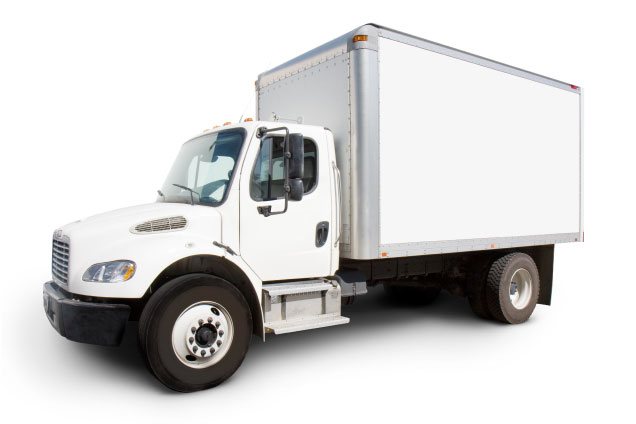Exploring the Benefits and Drawbacks of Waste-to-Energy Facilities
Posted on 04/03/2024
Waste management is a pressing issue for many countries around the world. With increasing populations and consumption, the amount of waste produced has become astronomical. This has led to major environmental concerns, such as overflowing landfills, water and air pollution, and the release of greenhouse gases. In response, many countries have turned to waste-to-energy facilities as a viable solution. These facilities use various technologies to convert waste into energy, reducing the volume of waste in landfills and producing clean energy. However, like any other technology, there are both benefits and drawbacks to waste-to-energy facilities. In this article, we will explore these benefits and drawbacks in depth.
Benefits of Waste-to-Energy Facilities
1. Reducing Landfill Space
One of the major benefits of waste-to-energy facilities is their ability to reduce the amount of waste sent to landfills. With traditional waste management methods, a significant portion of municipal solid waste ends up in landfills, taking up valuable space and contributing to environmental issues. Waste-to-energy facilities use advanced methods such as gasification, pyrolysis, and incineration to drastically reduce the volume of waste by up to 90%. This not only frees up landfill space but also helps mitigate environmental concerns associated with landfills.
2. Clean Energy Production
Another significant advantage of waste-to-energy facilities is that they produce clean energy from waste materials that would otherwise be buried in a landfill or burned openly, releasing harmful pollutants into the atmosphere. By converting waste into electricity or heat through burning or gasification processes, these facilities reduce the reliance on fossil fuels and contribute towards meeting renewable energy goals. This helps decrease greenhouse gas emissions and combat climate change.
3. Stable Energy Supply
Unlike renewable energy sources such as solar or wind power that rely on weather conditions, waste-to-energy facilities can operate consistently throughout the year, providing a stable supply of energy. This makes them particularly beneficial in areas with unreliable or limited energy sources, providing a reliable and sustainable alternative.
4. Economic Benefits
Waste-to-energy facilities also bring economic benefits to communities. They create jobs in areas such as waste collection, transportation, and facility management. Additionally, many facilities generate revenue by selling excess electricity or heat back to the grid. This can help offset the costs of waste management and make it more financially feasible for local governments.

Drawbacks of Waste-to-Energy Facilities
1. Costly Investment
While waste-to-energy facilities offer numerous benefits, they require significant capital investment to build and maintain. The high costs associated with building and operating these facilities can make them unattainable for smaller communities or developing countries. Moreover, the technology used in waste-to-energy facilities is constantly evolving, necessitating frequent upgrades and maintenance, adding to the financial burden.
2. Air Pollution
The burning of waste materials in waste-to-energy facilities releases harmful pollutants such as carbon monoxide, dioxins, and particulate matter into the air. While modern technologies have significantly reduced emissions from these facilities, there is still a risk of air pollution if proper regulations and monitoring are not in place.
3. Environmental Concerns
There are also concerns about the environmental impacts of waste-to-energy facilities. The ash produced from burning waste may contain heavy metals and toxins that can leach into the soil and water if not disposed of properly. Additionally, these facilities require a constant supply of waste material, which could potentially promote a culture of overconsumption.
Tips for Effective Waste Management
1. Reduce, Reuse, Recycle
The most effective way to manage waste is to reduce consumption and reuse items whenever possible. Recycling should also be prioritized to decrease the amount of waste that needs to be sent to landfills or incinerated.
2. Encourage Separation of Waste
Proper separation of waste at the source can make recycling and composting more effective, reducing the amount of waste that ends up in landfills.
3. Educate the Public
Raising awareness and educating the public about proper waste management practices can go a long way in decreasing the volume of waste produced and promoting responsible consumption habits.

Takeaways
Waste-to-energy facilities offer a promising solution to the growing problem of waste management. They reduce landfill space, produce clean energy, and bring economic benefits to communities. However, they also come with drawbacks such as high costs, air pollution, and environmental concerns. To effectively manage waste, we must prioritize reducing consumption and promoting responsible waste disposal practices.
Conclusion
In conclusion, waste-to-energy facilities have their share of pros and cons. They provide an innovative solution to waste management while also producing clean energy and economic benefits. However, careful consideration must be given to address their drawbacks effectively. As individuals and communities, we must strive towards reducing our overall waste production and promoting responsible consumption habits to create a sustainable future for generations to come.






